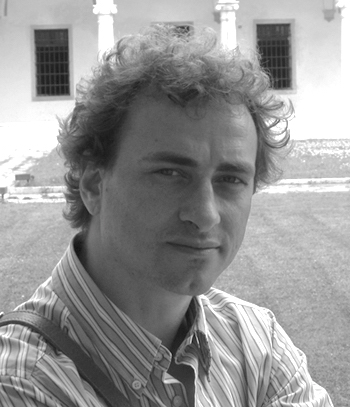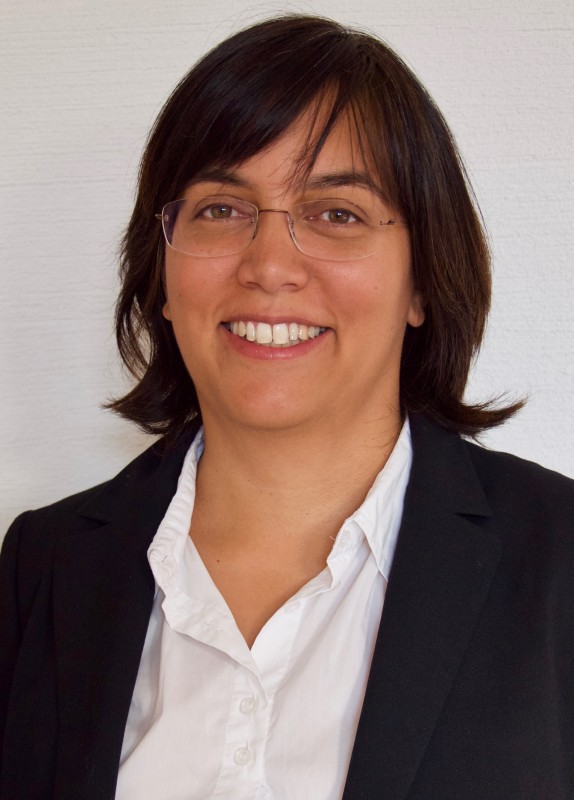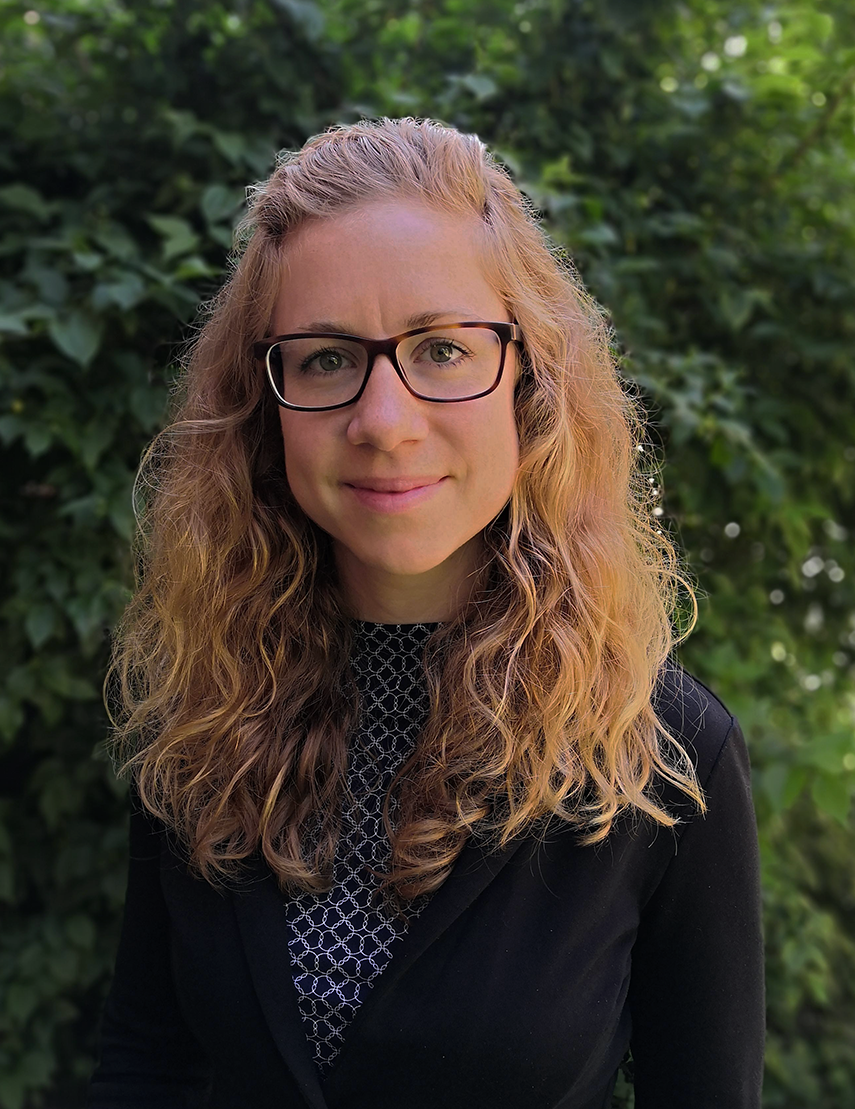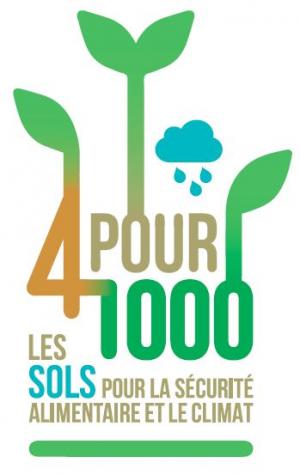 |
Ryan M. BRIGHT : A review of CO2-equivalent metrics for surface albedo change in land management contexts
|
|
|
|
Eric CESCHIA and Morgan FERLICOQ : Shall we consider biogeochemical and biogeophysical effects to prioritize changes in cropland management in a perspective of climate change mitigation? Over the last decades, many studies have focused on the biogeochemical contribution (GHG emissions) of cropland to climate change and on their mitigation potential, notably through soil organic carbon storage (e.g. 4/1000 initiative). More recently, some studies showed that changes in land management can affect climate through biogeophysical effects (albedo, changes in surface energy fluxes…) with an intensity equivalent to those induced by land cover changes. Also, some agricultural practices, such as cover crops, could have significant mitigation potential through both biogeochemical and albedo effects, whereas others could have antagonist effects or could even lead to net positive (warming) radiative forcing. It is therefore crucial to identify which agricultural practices present the best potential for net radiative cooling in order to prioritize changes in agricultural. As part of this presentation, we will first analyse for several cropland ICOS sites in Europe, what are the anthropogenic and climatic factors influencing cropland surface albedo with the objective of identifying 1) what are the cropping systems/practices with climate mitigation potential through the management of surface albedo and 2) which are those that can present synergies with biogeochemical effects. Then, through a comparative in-situ study carried out at the Lamasquère ICOS site, we will analyze the different biogeochemical and biogeophysical effects induced by the introduction of a cover crop in a crop rotation. Finally, using a Europe-wide approach combining modelling and remote sensing, we will analyse the net albedo effects induced by several scenarii of cover crop introduction, considering both short-term effects (vegetation cover vs bare soil) and medium/long term effects (darkening of soils caused by the increase in organic matter content). |
|
 |
Philippe CIAIS : Global biophysical climate change induced by bioenergy crop plantation The 2015 Paris Agreement is built around a target of limiting global warming below 2°C. As a negative emission technology, large scale bioenergy crop cultivation followed by carbon capture and storage (BECCS) have a large potential to remove CO2 from the atmosphere. However, the biophysical climate effects of bioenergy crops on temperature remain unclear. Here we simulate these biophysical effects using a coupled atmosphere-land model with a detailed representation of the physiology and phenology of four bioenergy crop types. Here we show that that air temperature at the global scale slightly increased for plantations of eucalypt (+0.05±0.42°C), poplar and willow (+0.004±0.41°C) and miscanthus (+0.01±0.38°C) but decreased for switchgrass (-0.01±0.40°C), yet with strong regional contrasts. Regional air temperature changes are not proportional to the corresponding plantation area but rather depend on crop types. Europe has a large plantation area, systematically with with biophysical warming (except for miscanthus). The global biophysical warming effect will reduce the capacity of bioenergy crops to mitigate climate. It is crucial to determine the proper bioenergy crop types that would ensure biomass production and minimize biophysical warming in the case of massive BECCS implementation. |
|
 |
Edouard DAVIN: Prioritizing conservation and restoration based on the overall climatic value of forests Forest conservation and restoration is considered to be an essential mitigation tool for achieving ambitious climate targets. The potential climate benefits of such measures is however debated, not least because of existing trade-offs or co-benefits between carbon sequestration and biogeophysical processes including albedo change. In this presentation, I will first introduce the concept of climatic value of forest which encompasses its carbon sequestration potential as well as local to regional impacts on surface temperature and the water cycle through changes in albedo, evapotranspiration and surface roughness. Considering all these aspects is essential in order to prioritize conservation and restoration in space in ways that maximize associated climate benefits. I will then present a new approach enabling a quantification of forests' climatic value by combining biogeophysical and biogeochemical effects into a carbon equivalent metric based on the concept of transient climate response to cumulative carbon emissions (TCRE). I will finally illustrate the implications in terms of global priority areas for forest conservation and restoration. |
|
 |
Lorenzo GENESIO: Biochar and albedo: facts and perspectives Biochar is a Carbon rich material obtained by pyrolysis or pyro-gasification of biomass. Due to its high recalcitrance, its incorporation into agricultural soils has been proposed as a Negative Emission Technology (NET) that, if implemented at the global scale, could offset a significant share of anthropogenic GHG emissions through carbon sequestration in soils, while simultaneously boosting crop productivity. Nevertheless, the wide scale deployment of such technology requires the careful assessment of its impact on the earth radiative balance due to the changes in soil albedo and to the release of black carbon particulate in the atmosphere. Here we quantify the impact on the radiative balance due to the albedo changes that follow biochar application to soils from the plot to the regional scale and highlight the proper agronomic practices and the potential synergies with other land management schemes to prevent such an effect. |
|
 |
Emanuele Lugato: A (pale) green revolution for the ‘Green deal’ The European Union (EU) has set ambitious emission reductions in order to meet the Paris agreement, with a greenhouse gases decrease of 50-55% by 2030 under the EU Green Deal, which aims for carbon neutrality by 2050. To reach these targets, the mitigation capacity needs to be maximized across all components of the Earth system, especially land. Mitigation actions through land management, such as cover crops in agricultural soils, are often evaluated in terms of their carbon sequestration potential, while radiative forcing related to surface albedo changes is often ignored. We assessed the mitigation potential of the large-scale adoption of cover crops, both as changes in biogenic greenhouse gas fluxes (CO2 and N2O) and albedo-driven radiative forcing at the top of the atmosphere (TOA). Through scenarios analysis, we further showed how the mitigation potential could be substantially increased by growing a high albedo chlorophyll-deficient cover crop. |
|
|
|
Sebastiaan LUYSSAERT and Aude VALADE : Forest management cools the Earth! Did it? Will it? Forestry was initially proposed in the late 1970s as a cost-efficient tool to keep the atmospheric CO2 concentration in check and buy time to work towards profound emission reductions. By the early 2000s a subtle shift in terminology had happened and forestry was commonly claimed to mitigate climate change and thus cool the Earth. In this keynote we search answers to the questions whether: (1) forest use in Europe between 1750 and 2010 locked away additional carbon and cooled the Earth, and (2) we can find locally optimal forest management that will store carbon and cool the Earth by the year 2100? The answers turned out to be neither “yes” nor “no” but shows trades-off between carbon and climate management due to compensating processes in the exchanges of water, energy and carbon between the trees and the atmosphere. |
|
 |
Jean-Louis ROUJEAN : Land surface albedo at high spatial resolution from a merging of Sentinel-2 and Landsat-8 data; analysis of times series at landscape scale and validation
Surface albedo is an Essential Climate Variable (ECV) that requires a routine and coherent update at global scale in order to ensure reliable estimates of the water and carbon fluxes. An operational method was implemented to map surface albedo at high resolution, which is based on an approach previously developed for PROBA-V satellite in the framework of the Copernicus Global Land Service. The method considers Level 2A Sentinel-2 (S2) and Landsat-8 (L8) images issued from MAJA (MACCS-ATCOR Joint Algorithm) processing chain aimed at removing atmospheric components (cloud, water, aerosol) on the signal. L8 images are resampled to obtain pixels of 10 meters resolution and also converted in Sentinel-2 like spectral channels. Then, a semi-empirical BRDF (Bidirectional Reflectance Distribution Function) kernel-driven model of reflectance is applied to Level 2A S2 and L8 images to retrieve BRDF parameters. For such, a composite period of two months – with sliding periods of ten days - is retained as it permits to get a sufficient number of clear scenes to constrain the model and also because it offers variations in solar geometry to counterbalance the low variations in viewing geometry due to narrow field-of-view (FOV) for S2 or nadir view for L8. Then, a weighed angular integration of the kernels allows deriving both directional-hemispherical (DHR) and bi-hemispherical reflectance (BHR) reflectance, namely surface albedo products. Finally, a narrow to broadband albedo conversion is achieved based on coefficients issued from a huge number of PROSAIL model simulations. Surface albedo products are disseminated with a quality control and an uncertainty assessment. Albedo products at 20 meters and 30 meters are also generated to scale heterogeneity. The algorithm is fully operational and is able to process any S2 tile. In order to upgrade the BRDF sampling and refine the temporal resolution, Sentinel-3 (S3) images are also incorporated in the processing line for appraisal. Results of considering one or several satellites are analyzed. The validation is carried on for years 2018 and 2019 over ICOS (Integrated Carbon Observing System) anchor stations of Auradé and Lamasquère located near Toulouse (France) and operated by CESBIO. They are covered by crops (maize, wheat, and sunflower, merely) and measure in routine on hourly basis downwelling and upwelling shortwave radiation of both global and diffuse components. A gap-filling method serves to enhance the quality of the time series for the sake of a more consistent comparison. Assessment of the high resolution surface albedo at landscape scale is performed through a comparison with MODIS equivalent products. The domains of applications concern primarily the agriculture and urban areas for which added-value of the high resolution is conspicuous. In particular, surface albedo contributes to quantitative estimates of the radiation forcing (RF). This latter exerts a cooling effect during wintertime periods when crops patches are covered by vegetation instead of bare soil. This yields a mean to enhance the role of the surface as an abatement of the carbon emissions. Magnitude of time evolving RF in and around the ICOS anchor stations will be discussed. |
|
 |
Sonia SENEVIRATNE : Biophysical land-use-climate interactions in low-emissions scenarios Albedo- and water-cycle effects of land use and land cover change play an important role in climate projections, in particular in low-emissions scenarios. This presentation will provide a review on the current state-of-knowledge in this area and on possible avenues for research in this field. In particular, these feedbacks will play an important role in the identification of optimal mitigation pathways for the coming decades. The response of land use and land cover change to climate extremes also need to be taken into account. The upcoming ERC Proof-of concept MESMER-X project will develop an ESM emulator for climate extremes that can be coupled to Integrated Assessment Models to investigate these research questions.
|
|
 |
Petra SIEBER : Crops, albedo and climate impact from a life cycle perspective Albedo change can make an important contribution to the climate impact of cropping systems. Albedo ranges between 5 and 30% for bare and vegetated agricultural land, and can reach up to 90% with snow cover. Managing agricultural land to achieve higher reflectivity has the potential to mitigate local heat waves and global warming. Strategies to increase the albedo of croplands include selection of reflective species or varieties, fertilisation, introduction of cover crops, intercropping, residue retention, and delayed or no ploughing. Albedo-related cooling can go hand in hand with carbon sequestration or emission reduction. However, there is a risk that climate change mitigation focusing on greenhouse gases alone leads to suboptimal outcomes. In a current project we study the climate impact of Swedish cropping systems, including albedo and greenhouse gas fluxes, from a life cycle perspective. This includes land cover change, carbon stock changes in biomass and soil, nitrous oxide emissions from soil, and emissions related to inputs and management operations. Using a time-dependent assessment method it is possible to determine when temperature impacts will be realised, considering the timing of albedo changes and greenhouse gas fluxes and the timing of their climatic effects. In a recent study we assessed how short-rotation willow cultivations on previously abandoned land affect albedo and the climate, and evaluated the use of willow-based bioenergy as a strategy to mitigate climate change. Ongoing research involves annual crops, crop rotations and management options. |
|










